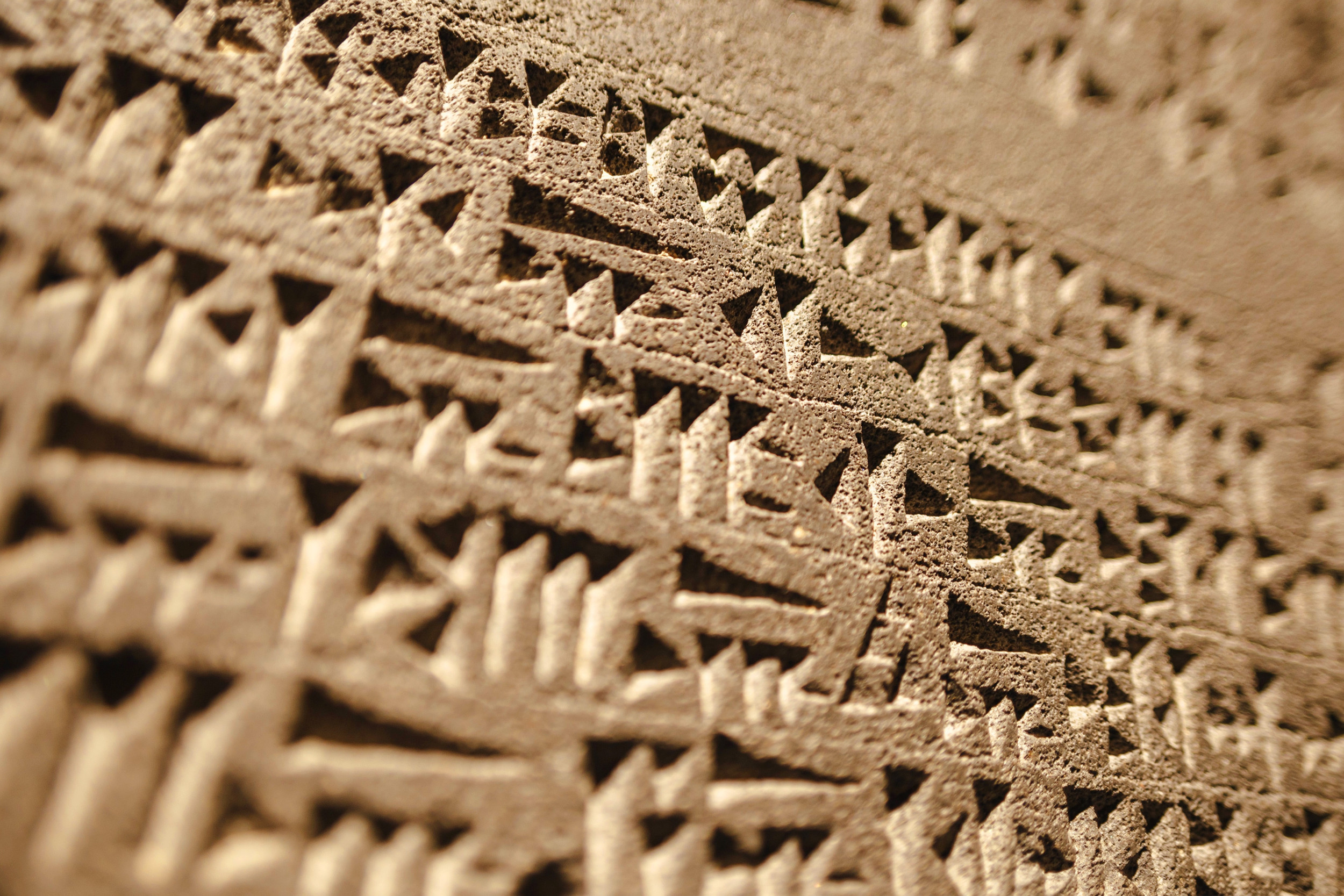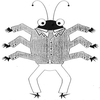- cross-posted to:
- linguistics
- cross-posted to:
- linguistics
recitation of a previously unknown extinct language. The language was hidden on a cuneiform tablet containing a ritual text written in Hittite. The Hittite ritual text refers to the lost tongue as the language of the land of Kalašma, an area that likely corresponds to where the towns of Bolu or Gerede in northern Turkey are located today.
Very very cool. They know it’s indo-european but not much else.
I was wondering why the researchers hadn’t released any pictures of this newly discovered language, but on careful re-reading I realise it was transcribed in cunieform… so to me it would be totally indistinguishable from any other Hittite tablet.
Yeah sure fuck it. Let’s just read the ancient mystery tablet and see what happens. I’m willing to roll those dice right now.
It could be another complaint letter about copper
Fuck Ea-nāṣir and his low grade copper.
We can only hope
I can’t believe I have to say this but: ghosts aren’t real.
That’s exactly what a ghost on the Internet would say.
Ghost in the shell
I’ll give you Bardic Inspiration
Just don’t recite it.
Turns out it’s Java
Back when they didn’t have virtual machines so they had to hand-transpile it into Fortran and encode that onto punch slabs to put in their stone computers
Except that it was so long ago that they were still using Onetran.
“My cousin Nanni in Akkadia warned me not to buy copper from you, but I foolishly did not heed his warning…”
This is the best summary I could come up with:
According to the Julius-Maximilians-Universität Würzburg in Germany, a public research university, the lost language belongs to the Indo-European family, which includes hundreds of related tongues that are all thought to share a single prehistoric ancestor.
The latest Indo-European language to be identified was discovered thanks to a ritual text inscribed on a tablet at the UNESCO World Heritage Site of Boğazköy-Hattusha in Turkey’s northern Çorum province.
The Hittite ritual text refers to the lost tongue as the language of the land of Kalašma, an area that likely corresponds to where the towns of Bolu or Gerede in northern Turkey are located today.
“The Hittites were uniquely interested in recording rituals in foreign languages,” Daniel Schwemer, head of the Chair of Ancient Near Eastern Studies at Julius-Maximilians-Universität Würzburg, said in a press release.
However, professor Elisabeth Rieken with the Philipps University of Marburg, Germany, a specialist in Anatolian languages, has confirmed that the Kalasmaic tongue belongs to the Indo-European family, according to Julius-Maximilians-Universität Würzburg.
In a study published in the journal Transactions of the Philological Society, a team of scientists describe how they partially deciphered the “unknown” Kushan script, an ancient writing system that was once in use in parts of Central Asia between around 200 B.C.
The original article contains 507 words, the summary contains 206 words. Saved 59%. I’m a bot and I’m open source!
Be sure to drink your ovaltine
A crummy commercial?! (╯°□°)╯︵ ┻━┻
I had a thought of some archaeologists dusting off a first-gen ipad and peering at it through a microscope
The message was translated ‘what r u up to rn? I wanna double park on that booty baby’
Hey, who swapped my Fertility Ceremony tablet with my Funerary Rites tablet!?
tlhIngan Hol vIghaj











